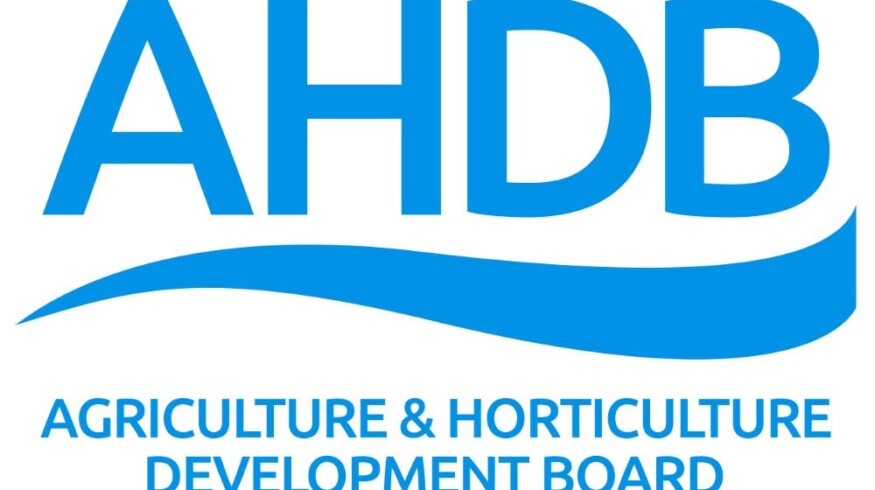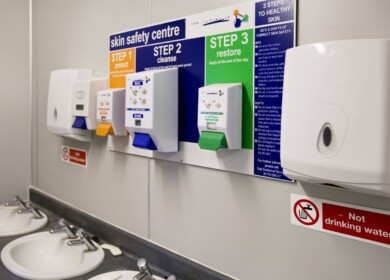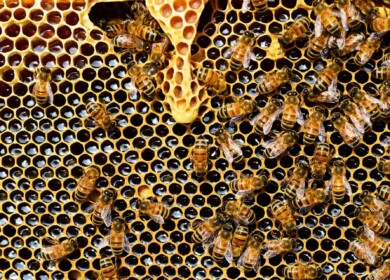UK farmers face new challenge as glyphosate resistance takes hold

The UK Weed Resistance Action Group (WRAG) has confirmed multiple cases of glyphosate-resistant Italian ryegrass (Lolium multiflorum) in the country, a development that poses a significant challenge to agricultural weed management. The initial discovery was made in Kent, with further resistant populations identified in Somerset, Essex, and North Yorkshire. These cases underscore the growing threat of herbicide resistance in UK farming, necessitating urgent action to mitigate its spread.
Drivers of Glyphosate Resistance
Glyphosate resistance in Italian ryegrass is attributed to several high-risk farming practices, including continuous monoculture, high weed infestations, insufficient cultivation, repeated applications, and suboptimal dosing. These factors contribute to the gradual decline in glyphosate efficacy, a trend observed in other herbicide-resistant weed species globally.
ADAS and NIAB have conducted screenings of over 300 high-risk seed samples since 2019, finding no other confirmed cases of glyphosate resistance in the UK beyond those recently reported. However, these tests revealed a fivefold difference in glyphosate sensitivity, suggesting varying levels of resistance potential.
Resistance Management Strategies
The use of glyphosate remains widespread, and resistance to it has been documented in multiple weed species across different regions. In 2015, WRAG and the Agriculture and Horticulture Development Board (AHDB) identified Italian ryegrass as a potential resistance risk, alongside blackgrass, which has since become a major concern due to widespread resistance to other herbicides.
Unlike blackgrass, Italian ryegrass has now demonstrated resistance to glyphosate even at maximum label rates, making proactive resistance management critical. Historical cases in Spain (2006) and Italy (2012) indicate that strategic measures can prevent resistance from becoming widespread, providing a roadmap for UK farmers.
Proactive Measures for Weed Control
Integrated weed management (IWM) is essential in combating glyphosate resistance. This approach requires a comprehensive understanding of local weed populations and the implementation of diverse control methods, both chemical and non-chemical.
Italian ryegrass is particularly problematic due to its high seed production and prolonged seed viability in the soil, which can exceed five years. The majority of seeds germinate by November, making autumn a crucial period for control. Multiple glyphosate applications in spring pose a significant risk for resistance development, emphasizing the need for alternative strategies.
Key proactive measures include:
- Targeted cultivation: Creating stale seedbeds immediately after harvest to encourage weed germination for early removal.
- Optimal glyphosate application: Adhering to recommended doses—540 g a.i./ha for seedlings, 720 g a.i./ha for tillering plants, and 1,080 g a.i./ha for flowering plants—while adjusting for environmental conditions.
- Best application practices: Ensuring proper timing, avoiding applications during extreme weather, and maintaining spray equipment to maximize efficacy.
Reactive Measures for Resistance Detection
Early detection of glyphosate resistance is crucial to preventing further spread. Farmers should monitor fields for signs of resistance, including reduced control over several years, surviving weed patches among treated areas, and inconsistent performance of glyphosate on similar species.
If resistance is suspected, alternative control measures such as cultivation or manual removal should be employed. Farmers are also encouraged to submit plant or seed samples for resistance testing to confirm resistance levels and guide management decisions.
Industry and Regulatory Response
To support resistance monitoring, ADAS is conducting live plant screenings for glyphosate-resistant Italian ryegrass ahead of spring crop drilling. The best time for seed collection for testing is during June and July.
The European Union renewed glyphosate’s approval until 2033, while the UK’s current approval extends until December 2025, with an extension anticipated given its strategic importance in agriculture. Regulatory bodies, industry stakeholders, and researchers continue to develop best practices to preserve glyphosate efficacy while promoting sustainable weed management.
The Future of Weed Control in the UK
The confirmation of glyphosate-resistant Italian ryegrass highlights the need for a coordinated response from farmers, agronomists, and policymakers. By implementing integrated weed management strategies and adhering to best practices, the agricultural industry can slow the spread of resistance and maintain effective weed control options for the future.
Enjoyed this story?
Every Monday, our subscribers get their hands on a digest of the most trending agriculture news. You can join them too!












Discussion0 comments